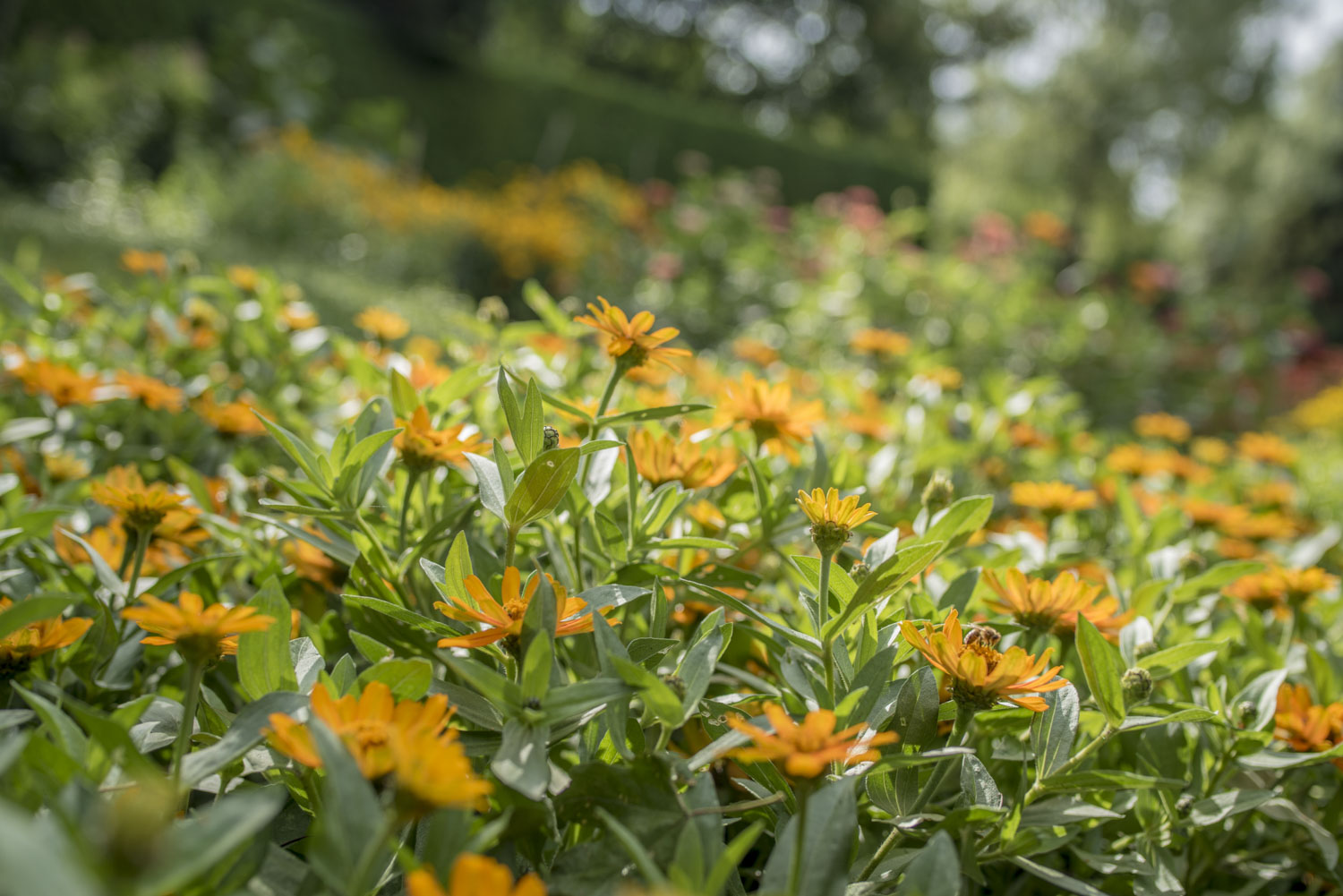The garden where we let nature do its work




There are no gardens in the list. Choose them in our catalogue.
There are no chosen events. Take a look to our calendar of events.



From medieval herb gardens, through feudal baroque gardens, to modern interpretations of spiritual garden art: monastic gardens are not just examples of precious historical gardens and parks, they still today serve as oases of peace and magnificence.
Since the foundation of the first Christian monasteries in the 4th century, gardens have been of immense importance for nuns and monks, as gardens for crops to provide their own supplies of food and medicinal plants, but also as places of contemplation where one feels especially close to God. How the features and appearance of gardens have changed over the centuries can be clearly seen in Lower Austria and South Moravia, both in the historic gardens of monasteries and in new garden projects of a religious character.
Silence and inspiration in the Middle Ages
The perfect harmony between practical use and Christian symbolism in medieval monastic gardens is beautifully perceptible in the medicinal herb garden of Geras Abbey, which is based on a plan of the ideal garden for a monastery, that of the Swiss monastery of St. Gallen from the 9th century. The ‘Walahfrid-Strabo-Garten’ garden at Melk Abbey also drew inspiration from the Middle Ages and is conceived in the sense of the poem Hortulus from 827, in which the Abbot Walahrid Strabo presents 22 kinds of ornamental plants, medicinal herbs and vegetables. In other gardens too, we see that the patrons of the gardens were personalities of monastic life: for example, Saint Hildegard of Bingen, according to whose teachings the herb gardens at Zwettl Abbey and Sonnentor in Čejkovice were created. The herb garden in Valtice continues in the tradition of gardens with healing herbs of the Hospitaller Order of the Brothers of Saint John of God.
Pomp and opulence in the Baroque period
In the Baroque period, secular models were used as inspiration for monastic gardens, which, with all their colourful decorative flower beds, their artistically trimmed bushes and trees, their decorative fountains, romantic arcades and refined labyrinths, were becoming increasingly expensive. In Lower Austria, Baroque garden art can be seen, for example, at Melk Abbey (the famous Baroque garden pavilion) and Zwettl Abbey (the renovated orangery and the Neo-Baroque Prelate’s garden).
Creativity today
Even the first monastery gardens were not just gardens for food and herbs, but as places of peace and inspiration that were influenced by Christian symbolism. Modern arrangements of gardens with religious themes return to this meditative function and are concerned with spiritual questions. A magnificent example of this is the Garden of Religion (Garten der Religionen) in the Altenburg Abbey, which illustrates the mutual relations of the five major world religions - Christianity, Judaism, Islam, Buddhism and Hinduism. Theology was also an inspiration for the biblical gardens at Tulln and the Museumsdorf Niedersulz, which are dedicated to the theme of ‘Plants of the Bible’ and the position of plants in the history of garden culture.


The garden where we let nature do its work
The House of Liechtenstein – an aristocratic family from Central Europe
Adventure in the Garden: When Children Bloom!
Art in the garden
Water in the garden - ornament and brilliant technical work
Greenhouses and Orangeries: Exotic Paradises within Reach
Places of peace and inspiration
Rarities in the fruit and vegetable garden
A natural pharmacy in the garden
The Story of the Garden
Herbs: Pleasure and Profit from the Garden
Where the grapevine flourishes, so do people



58 Parks & Gardens